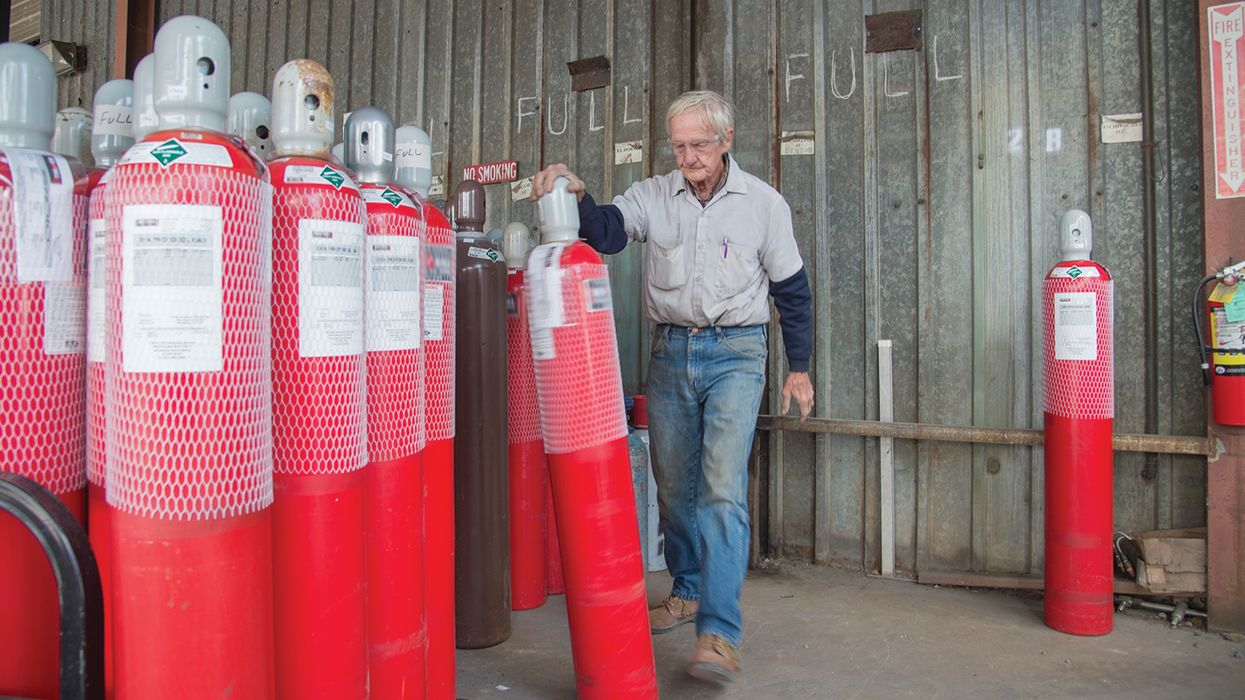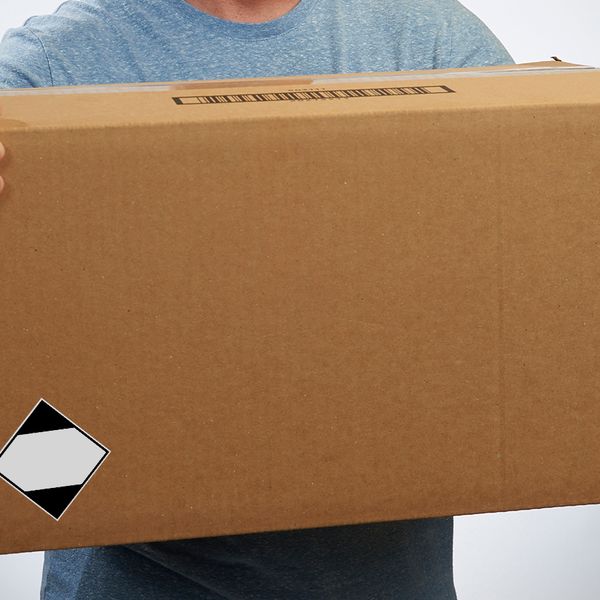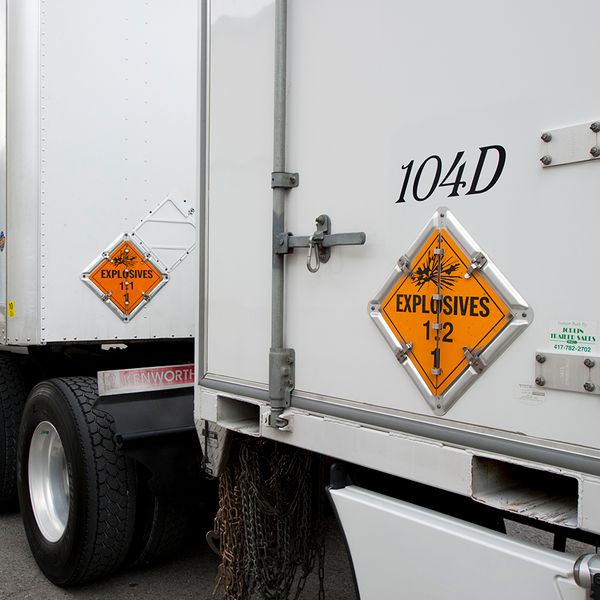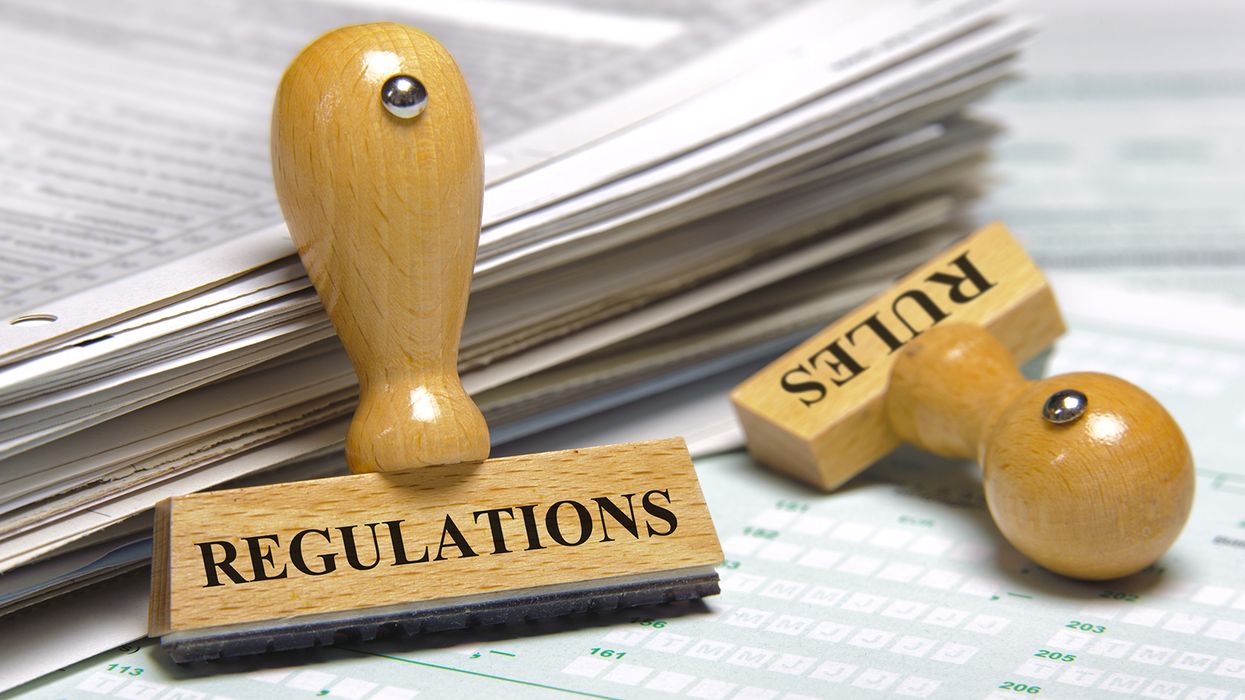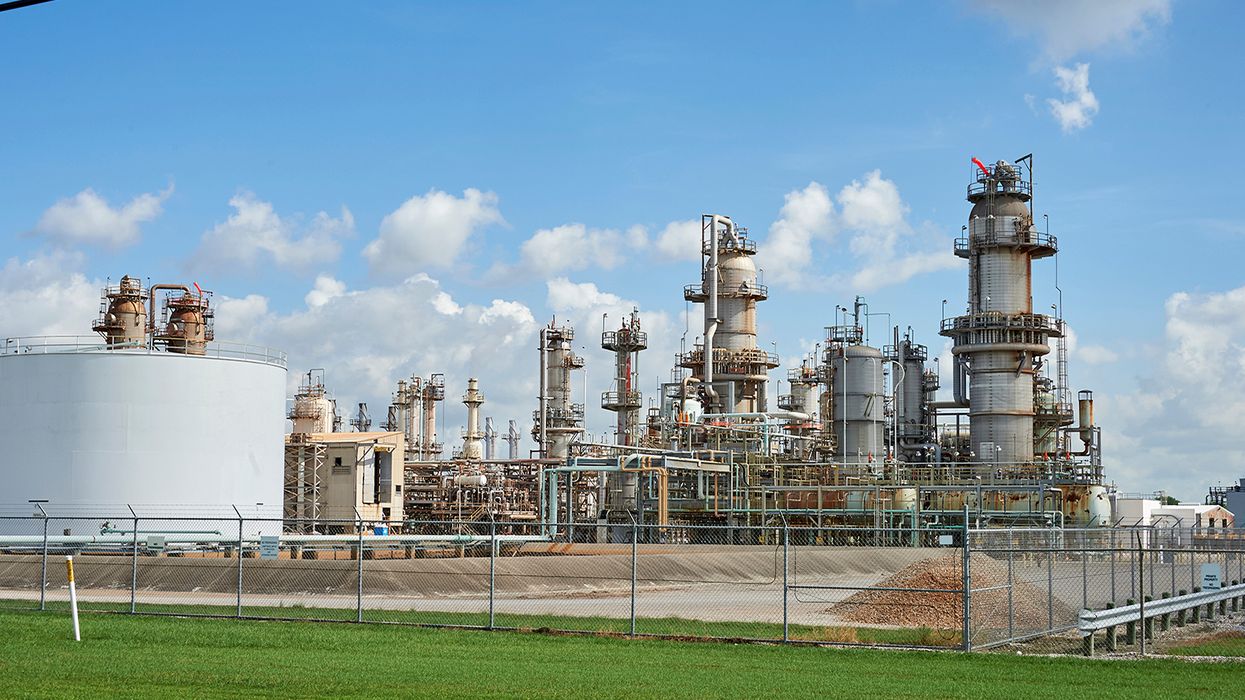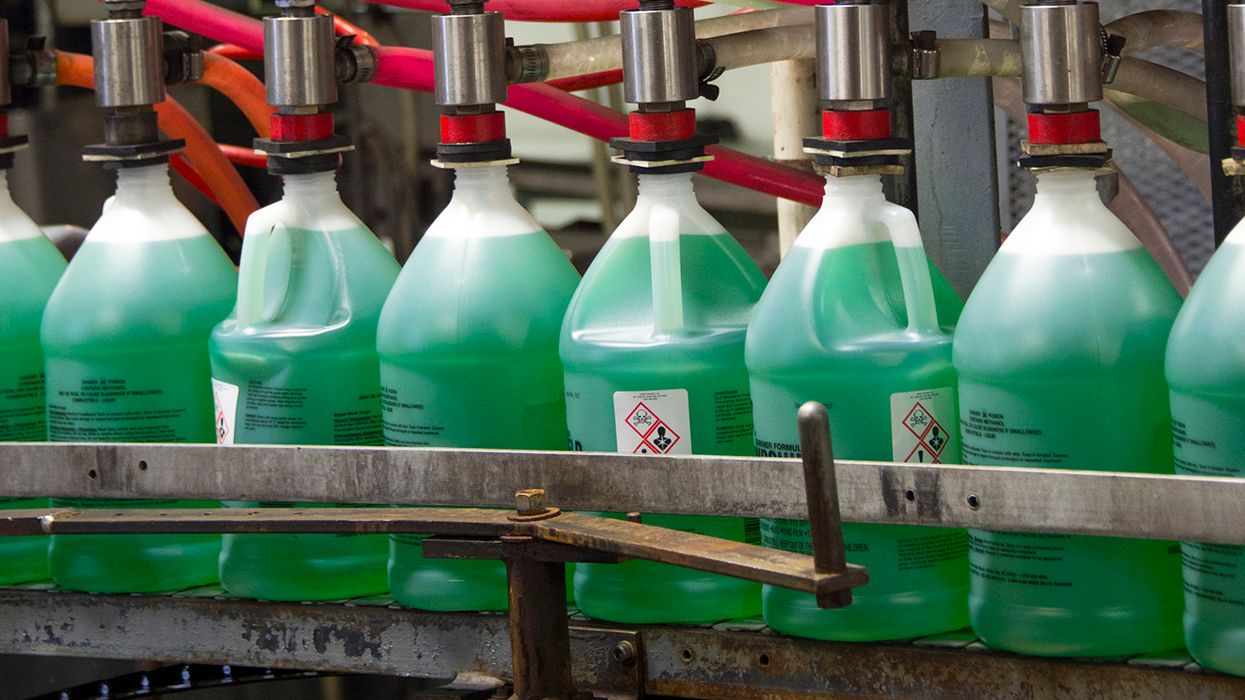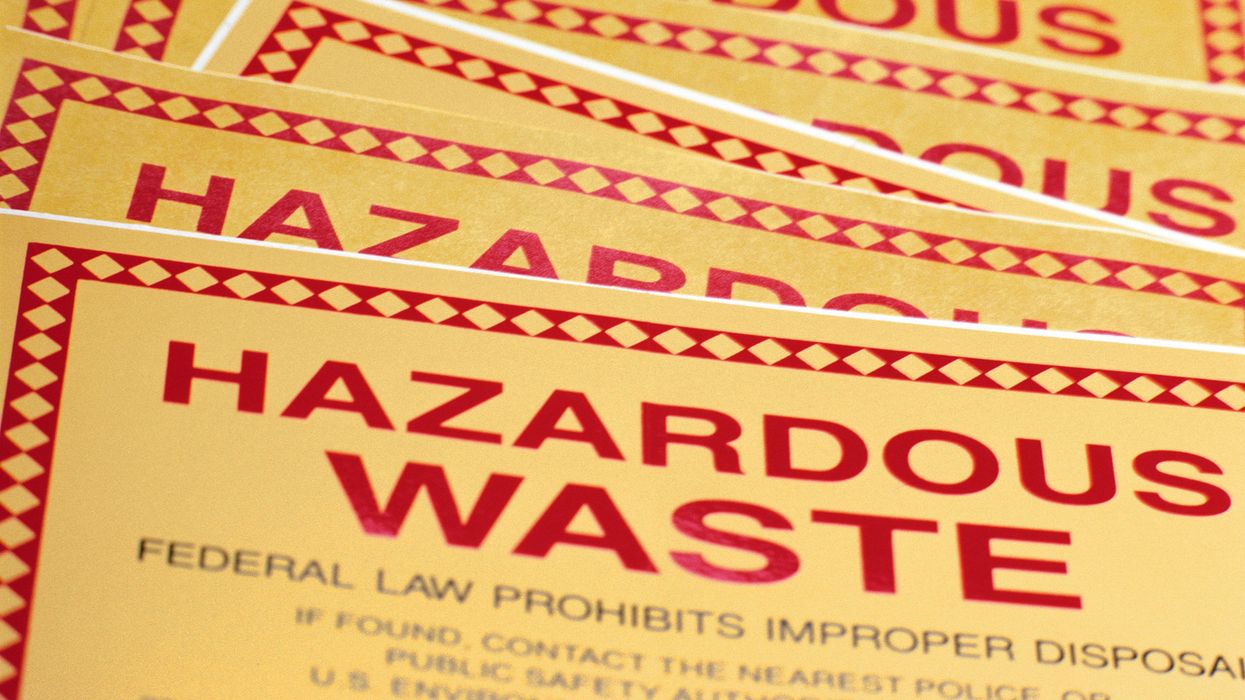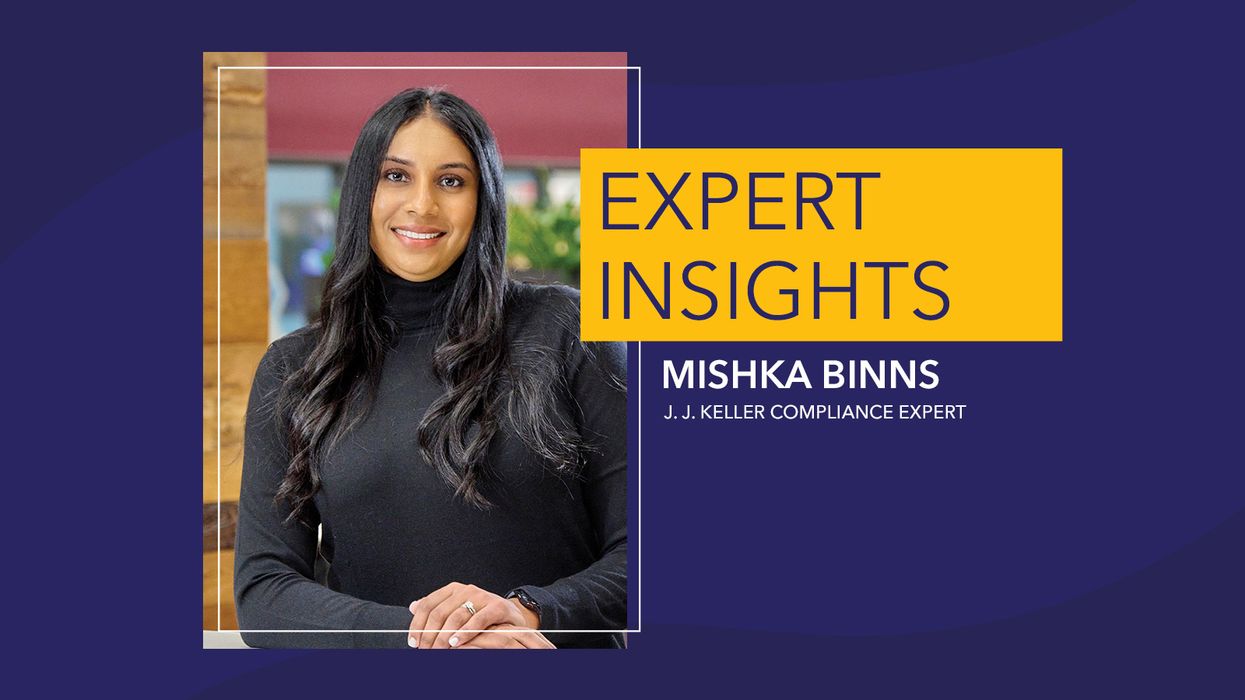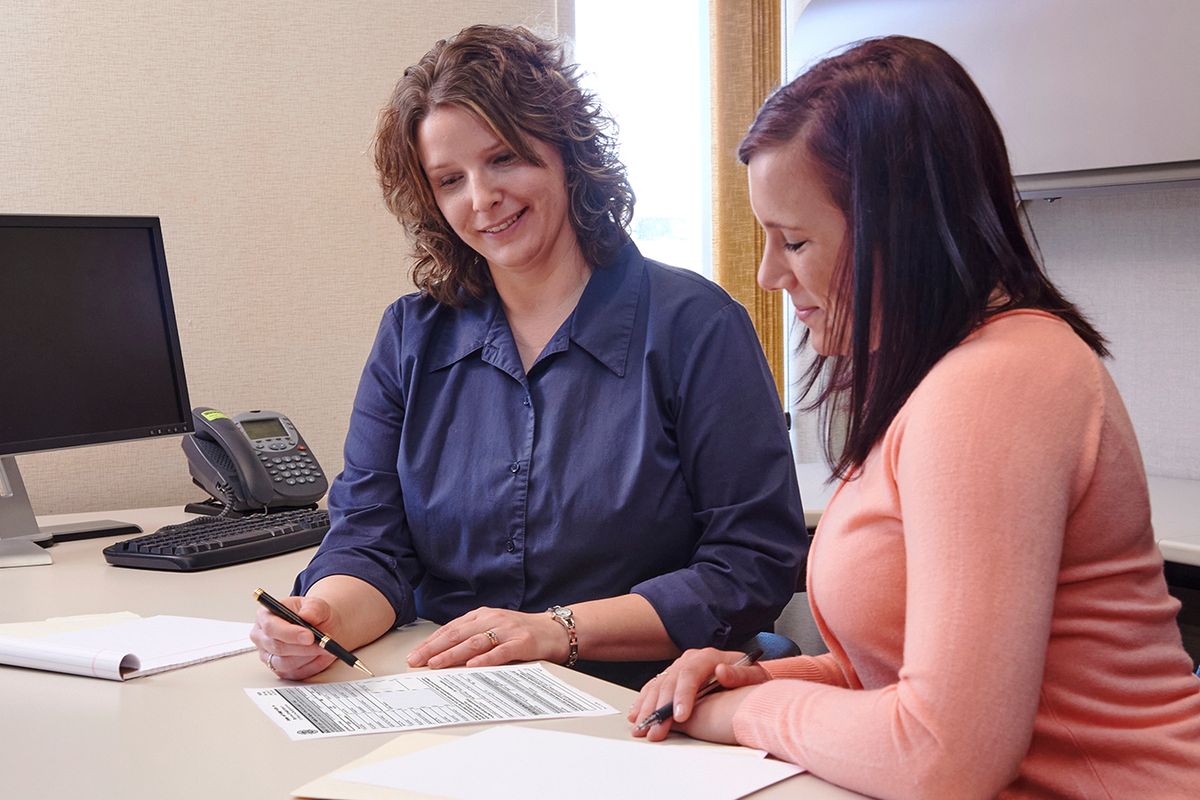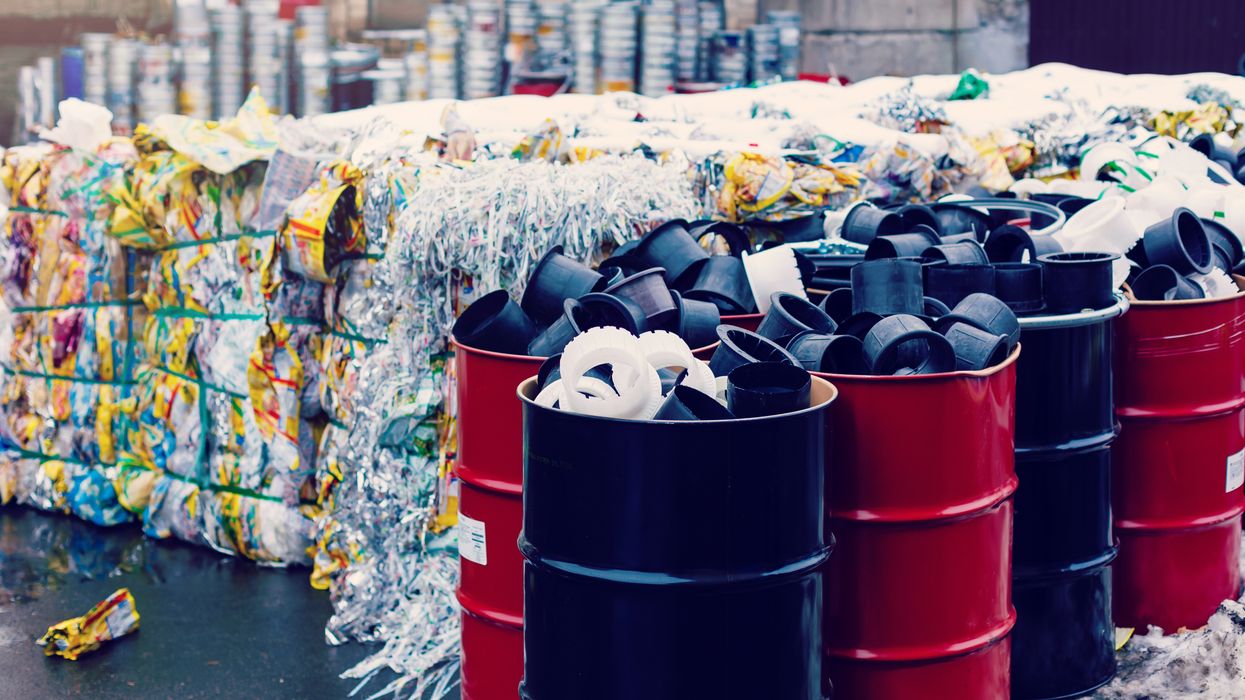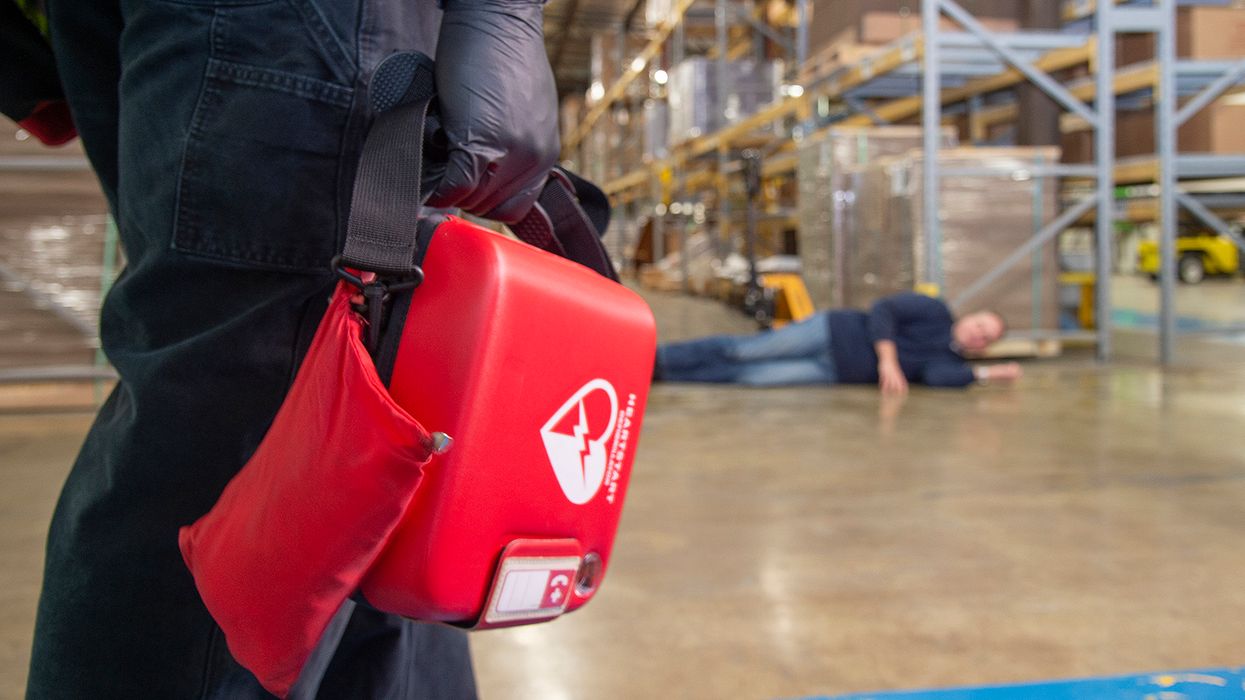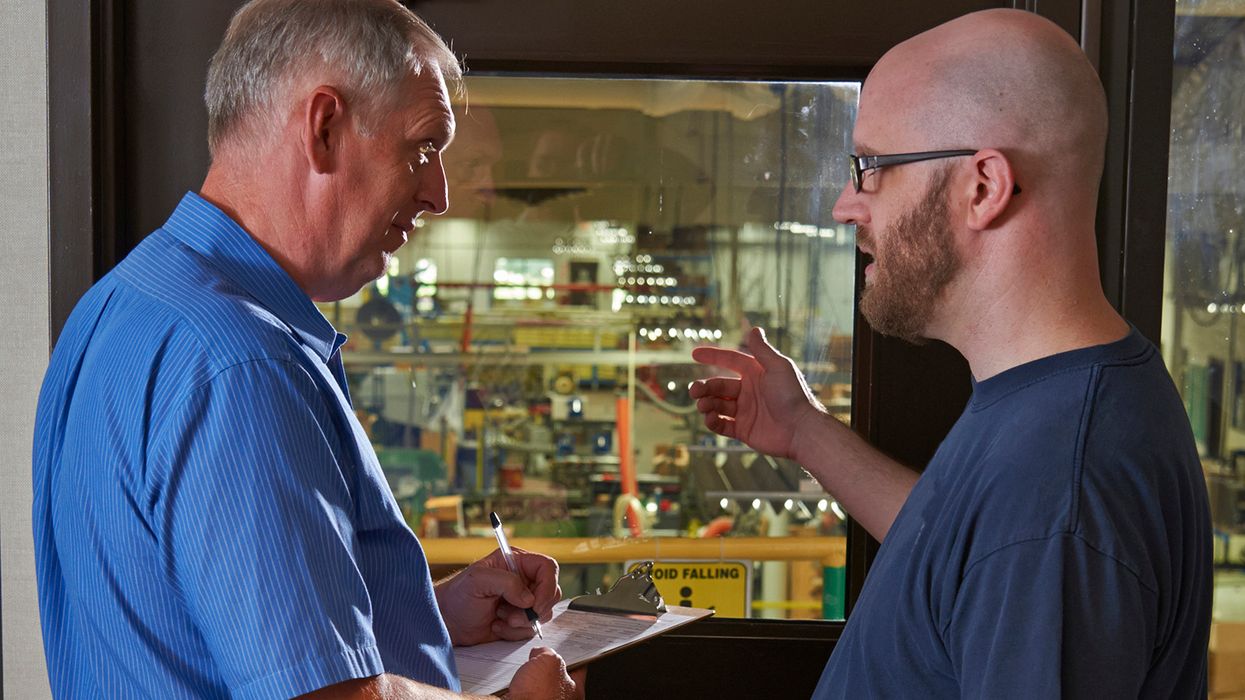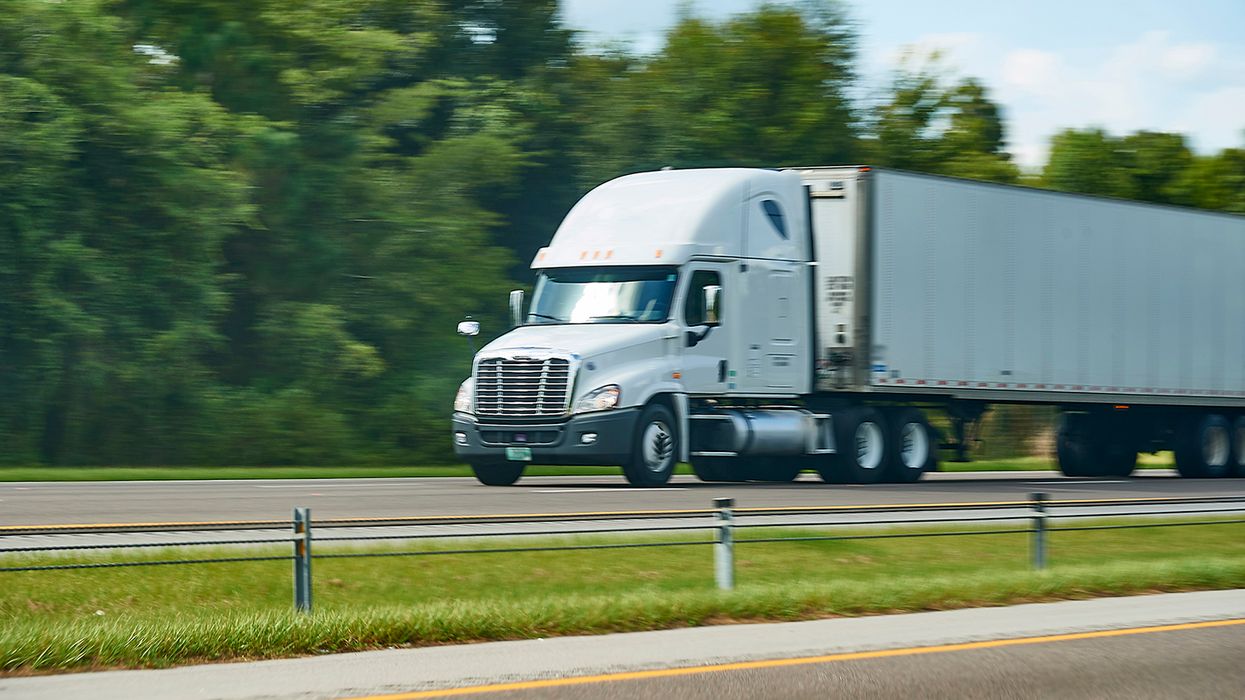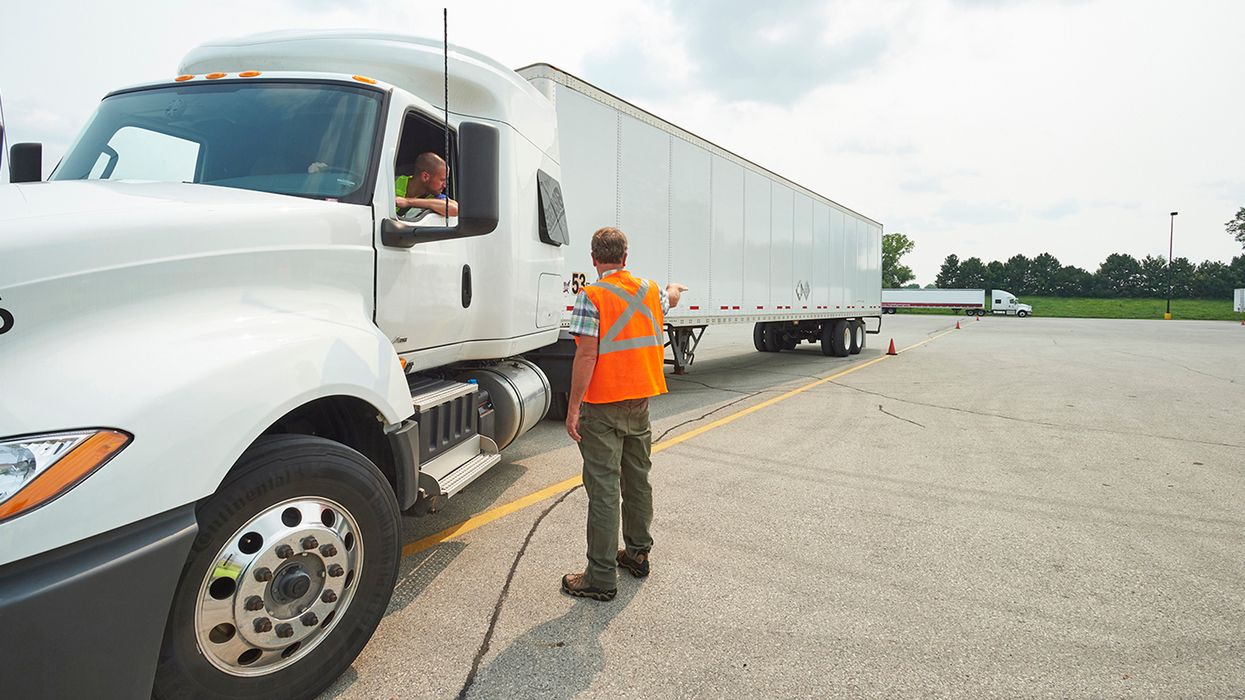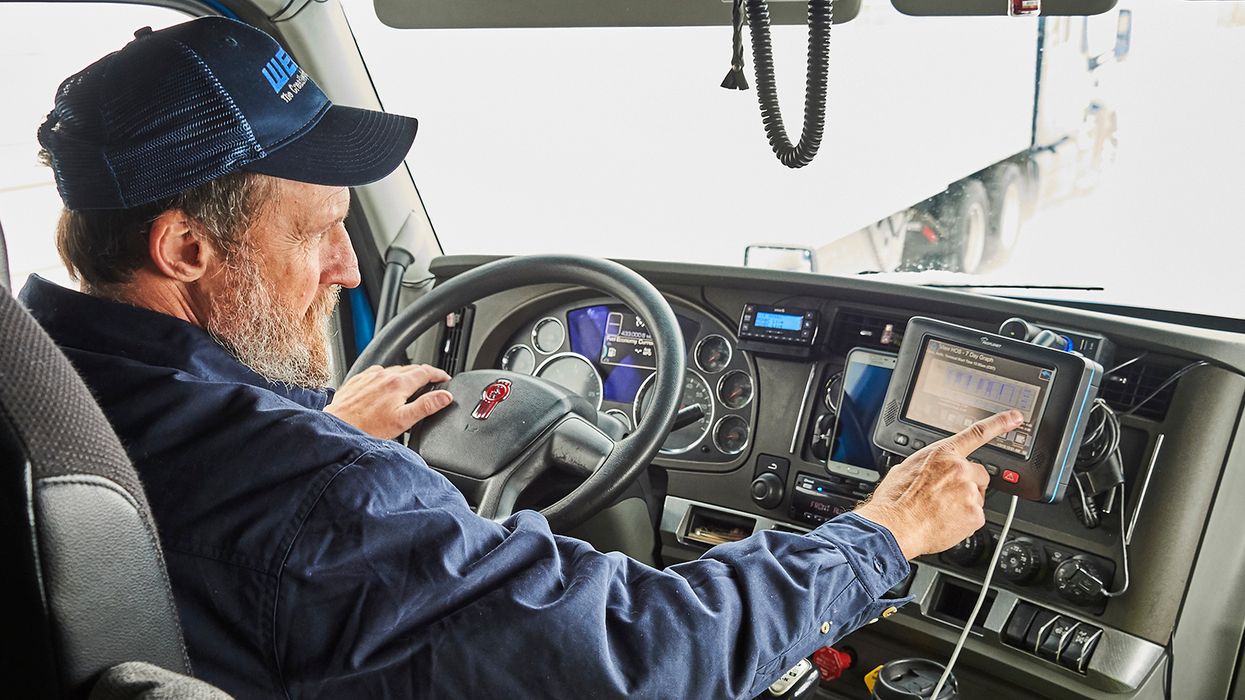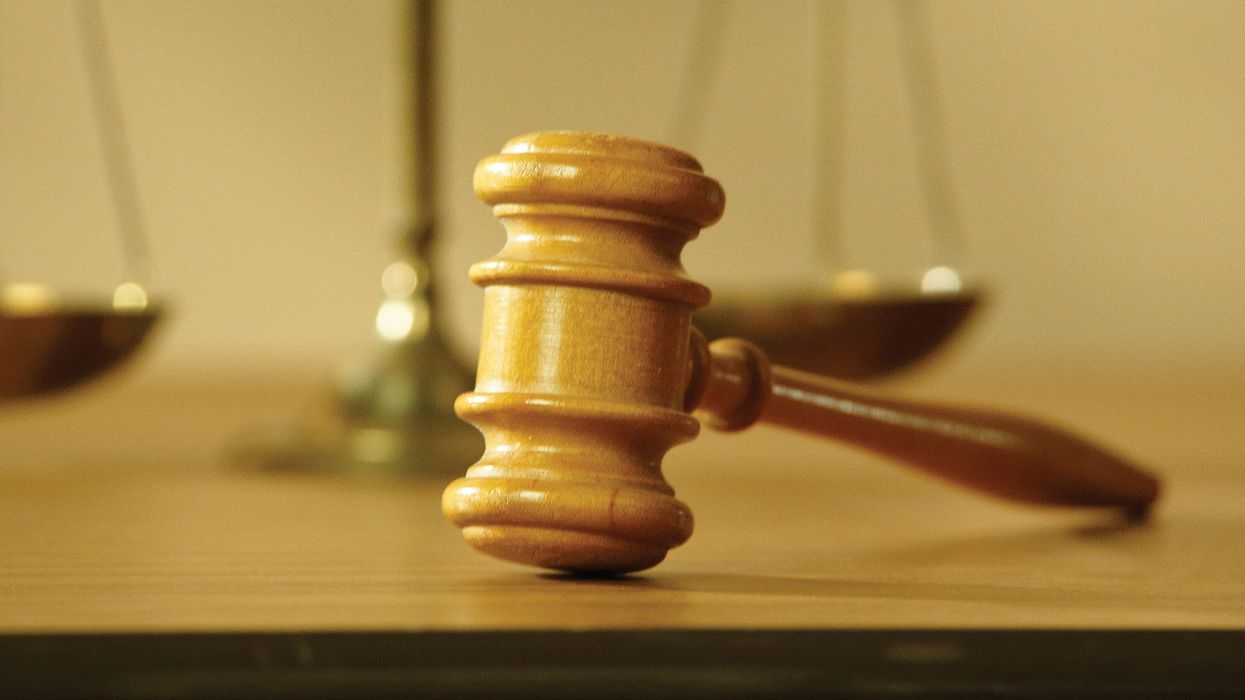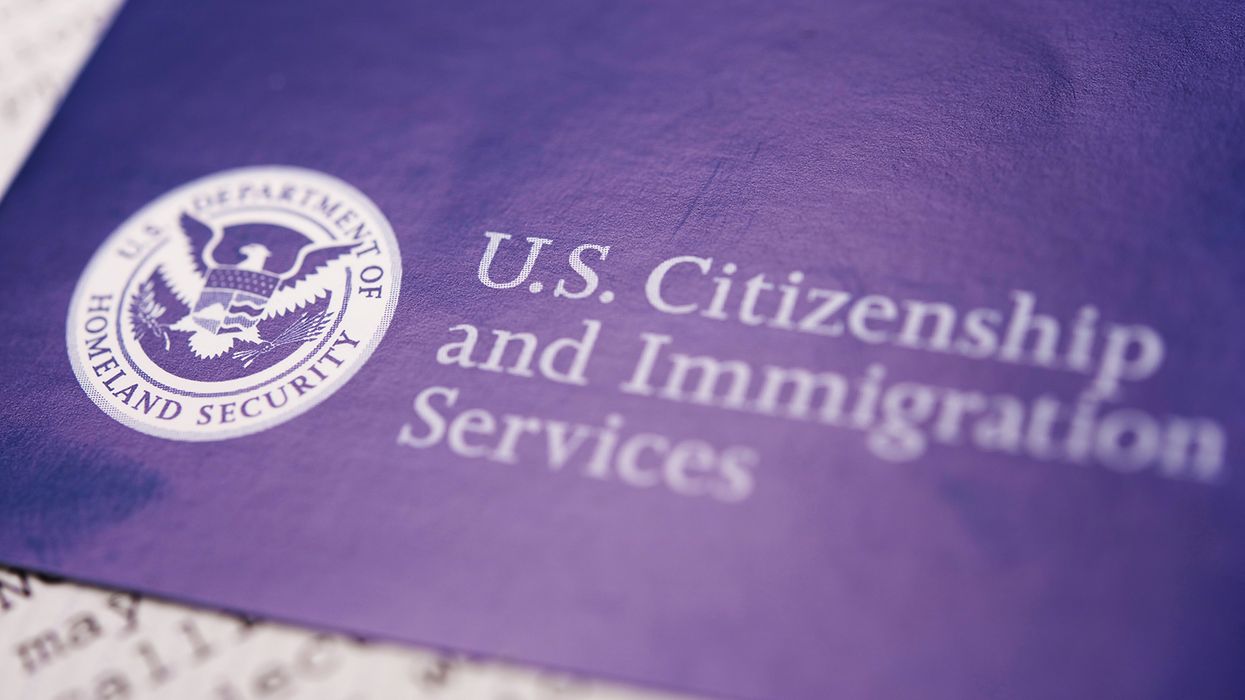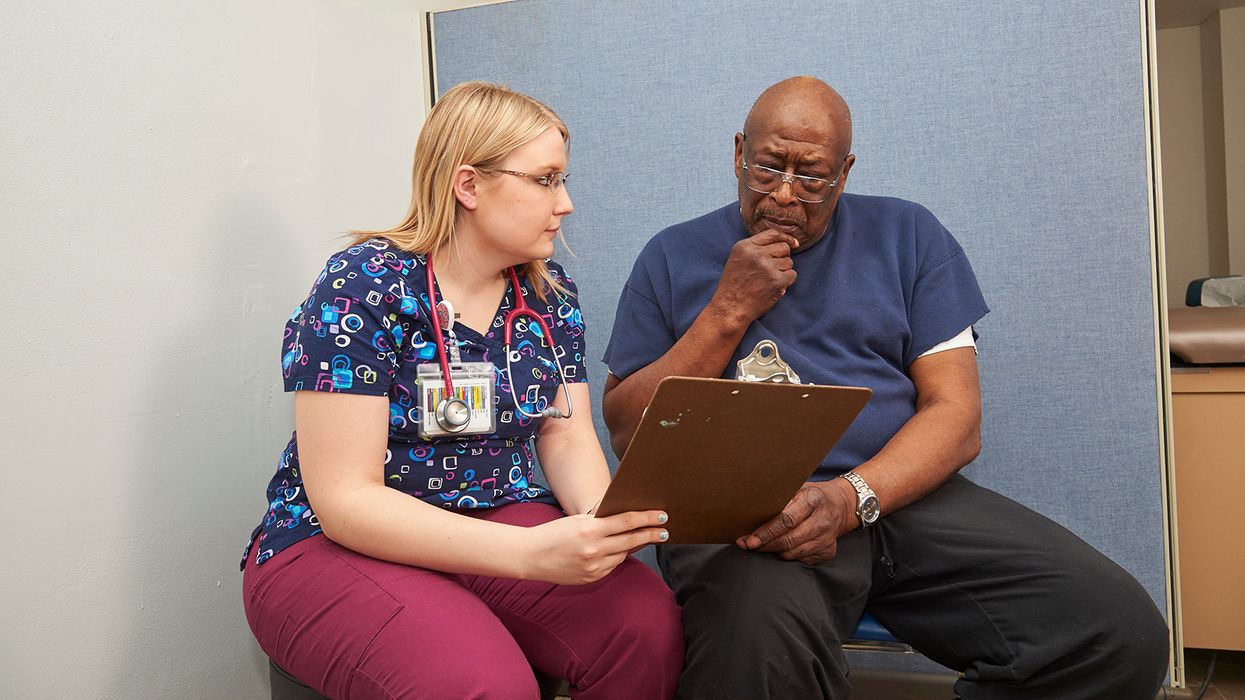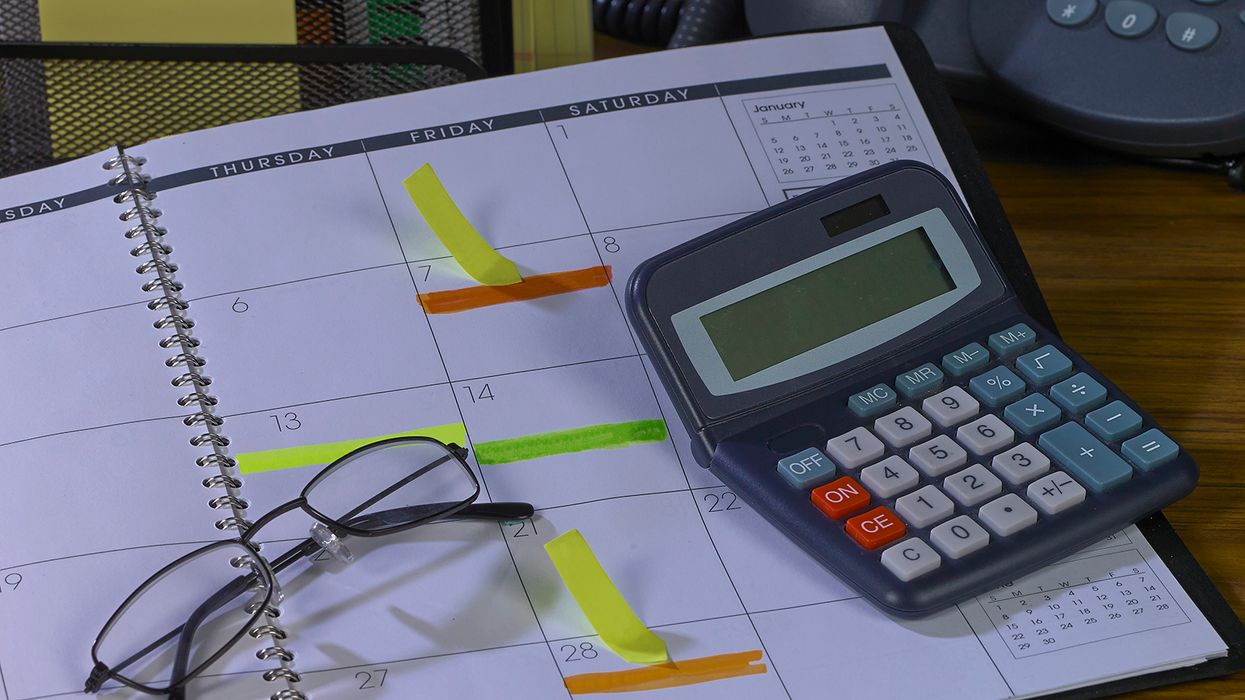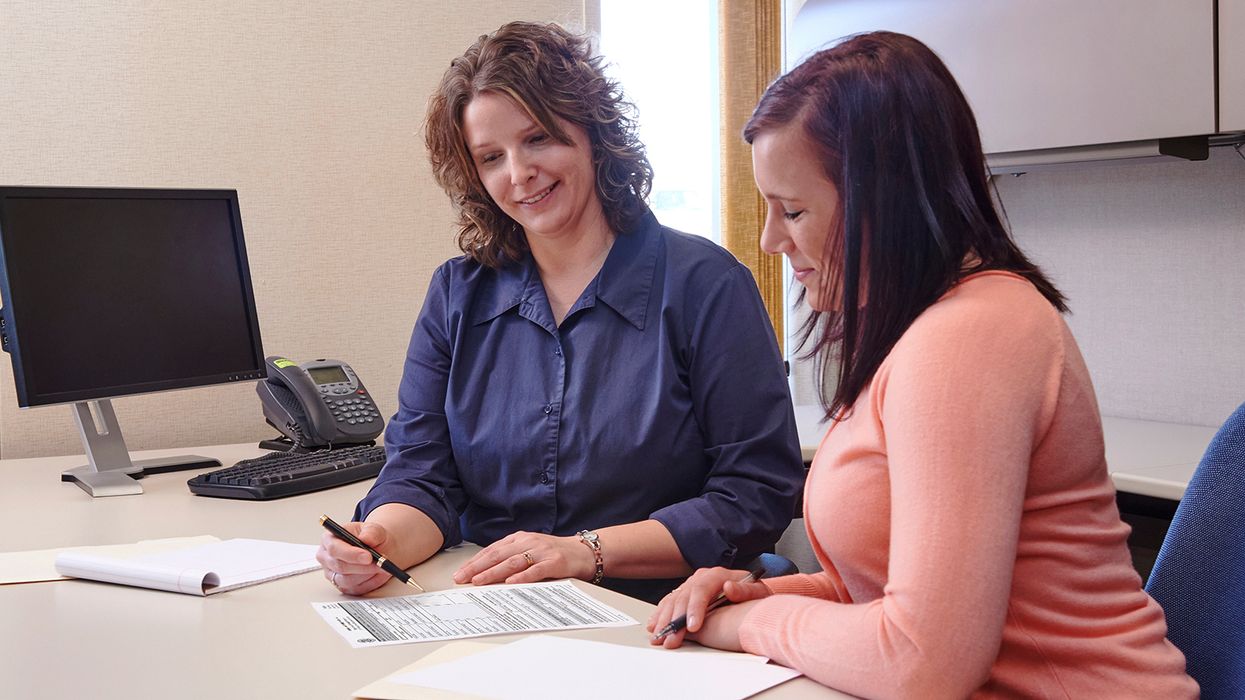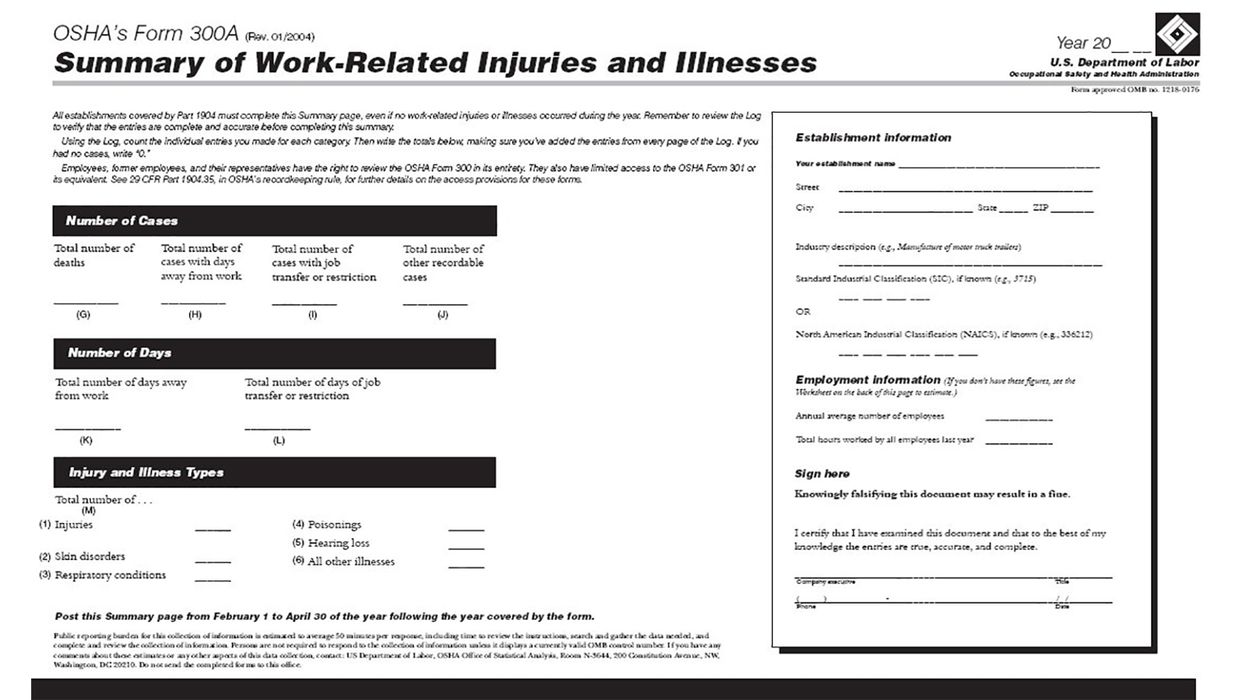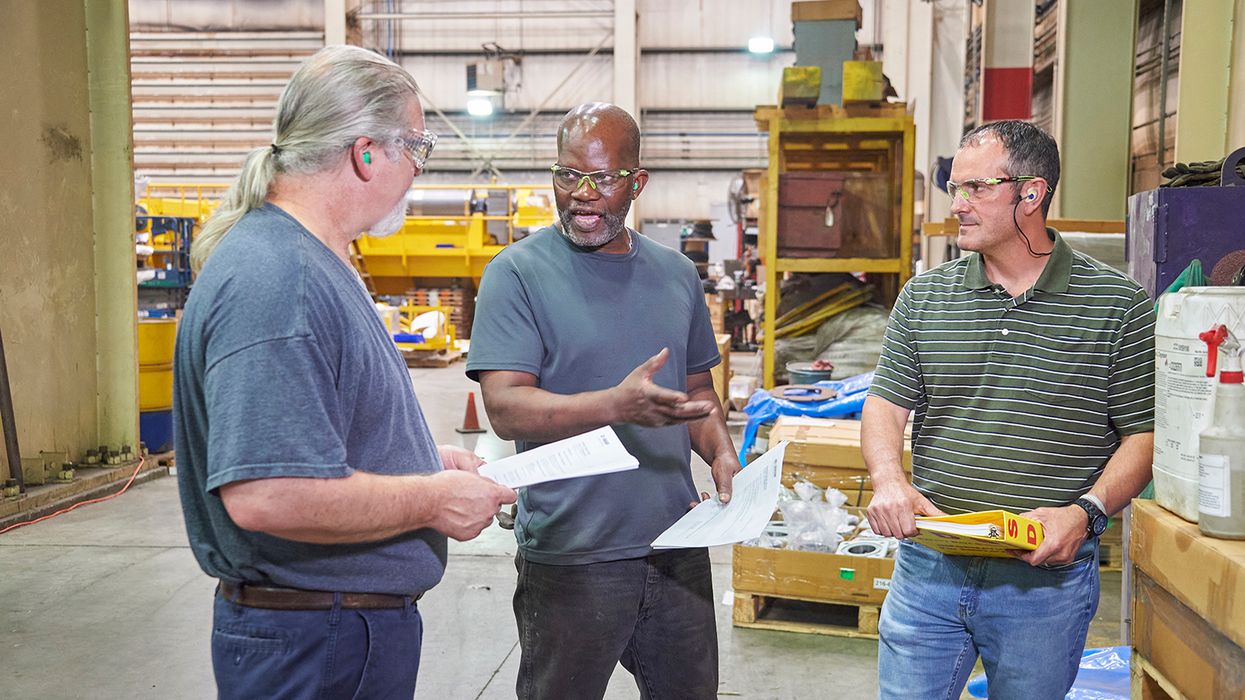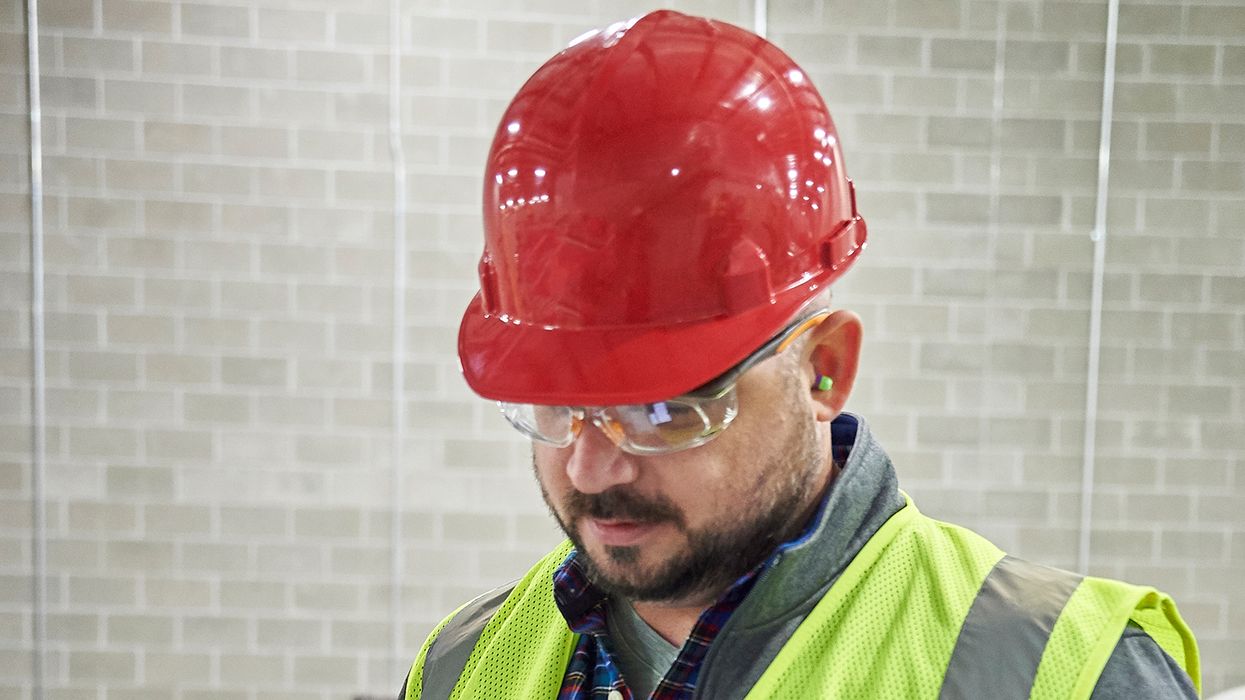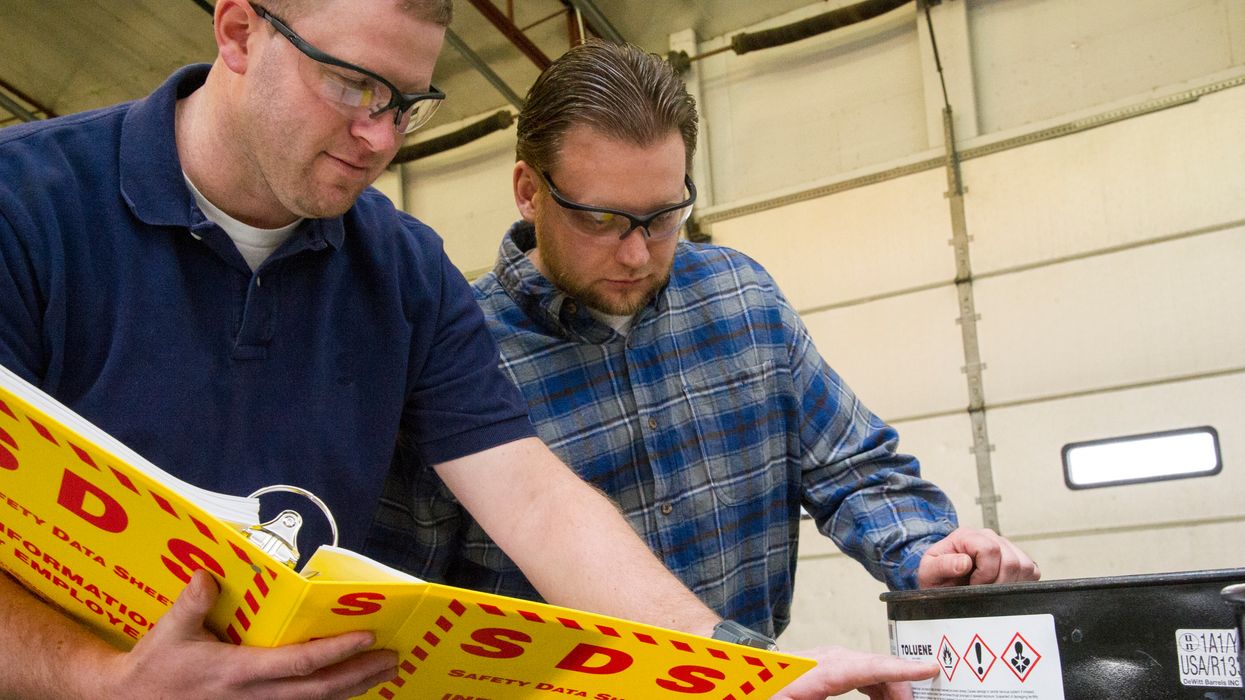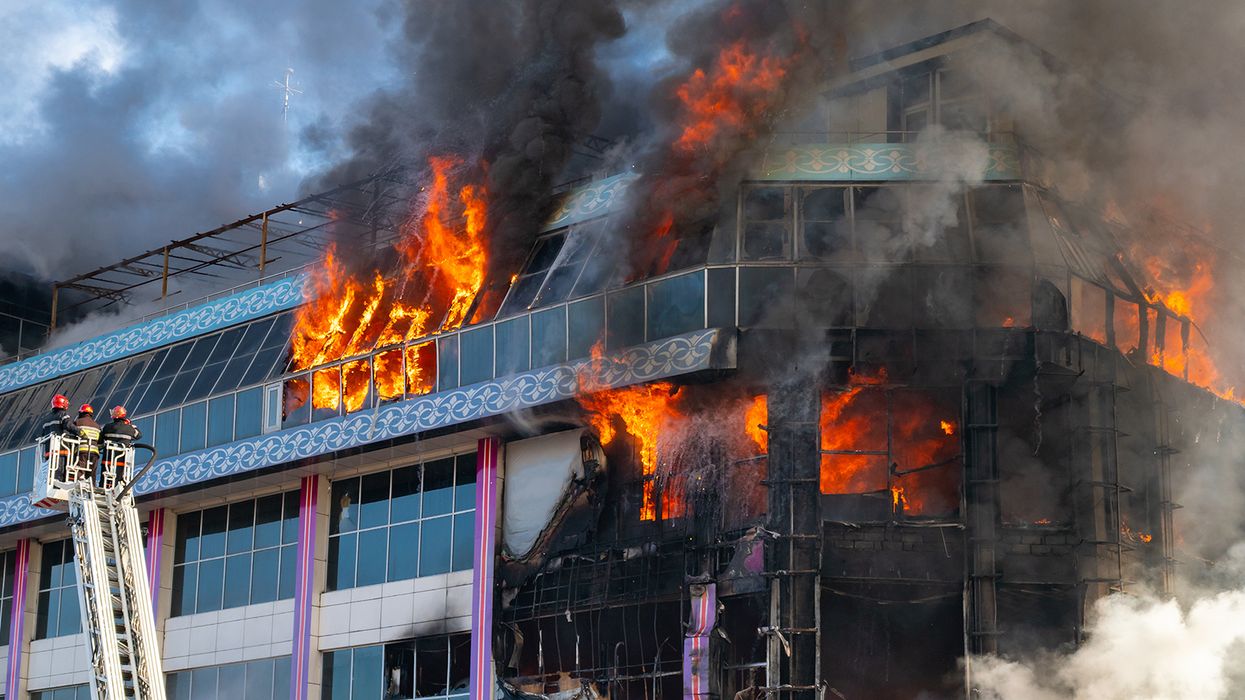PHMSA's rulemaking roundup Part 2
Welcome back to our three-part series on PHMSA’s July 2025 proposed rulemakings. In Part 1, we looked at how PHMSA is cutting red tape for shippers, farmers, and tradespeople. Now in Part 2, we’re looking into another set of proposals, this time focused on special permits.
Let’s take a look these proposals.
1. HM-268F – Keep using safe packaging, even after the permit expires
Under current regulations, if a company uses packaging authorized under a special permit (SP) and that permit expires or isn’t renewed, the packaging is technically unauthorized, even if it’s still perfectly safe and compliant with the original terms. PHMSA’s proposed rule would change that by allowing continued use of such packaging for the remainder of its usable life, if it still meets the conditions of the original SP. This means that if a manufacturer goes out of business or chooses not to renew a permit, the packaging already in circulation can still be used.
2. HM-268G – Easier renewals for special permits and approvals
Right now, companies must apply to renew a special permit or approval at least 60 days before it expires. That made sense back when everything was done by mail, but in today’s digital world, it’s an outdated requirement. PHMSA is proposing to modernize this process by allowing companies to apply for renewals at any time before the expiration date. This change reflects how electronic systems work today and gives businesses more flexibility to manage their compliance timelines.
3. HM-268L – Unloading drums and IBCs without removing them from vehicles
For years, companies have relied on special permits to unload certain hazardous liquids from drums and intermediate bulk containers (IBCs) without removing them from the vehicle. PHMSA now wants to make this practice a permanent part of the HMR. The proposed rule would adopt the provisions of two long-standing special permits, SP 11646 and SP 12412, into the regulations. It would allow unloading of specific Class 3, 6.1, 8, and 9 liquids directly from drums and IBCs while they remain on the vehicle, provided strict safety conditions are met.
4. HM-268M & HM-268N – Refrigerating machines with flammable gases
As part of the transition to more environmentally friendly refrigerants, many modern refrigerators and air conditioners now use low-global-warming gases that are also flammable. PHMSA is proposing two updates to accommodate this shift. The first, HM-268M, would allow small appliances like household refrigerators and window-mounted air conditioners to be shipped by land with up to 20 kilograms of flammable gas, without needing a special permit. The second, HM-268N, extends similar flexibility to large refrigerating machines, allowing up to 5,000 pounds of low-flammability gas under specific safety and labeling conditions.
5. HM-268O – Longer requalification periods for gas cylinders
Gas cylinders used for transporting flammable and non-flammable gases typically need to be requalified every five years. But thanks to advances in ultrasonic examination (UE) technology, PHMSA is proposing to extend that interval to ten years for certain cylinders. The rule would adopt special permit 14175, which allows for a 10-year requalification period using UE for DOT 3A and 3AA cylinders. This method is not only more accurate but also less invasive, as it doesn’t require draining the cylinder or removing valves.
Key to remember: This set of proposals focused on incorporating long-standing special permits into the HMR. Stay tuned for Part 3 of PHMSA’s rulemaking roundup.

